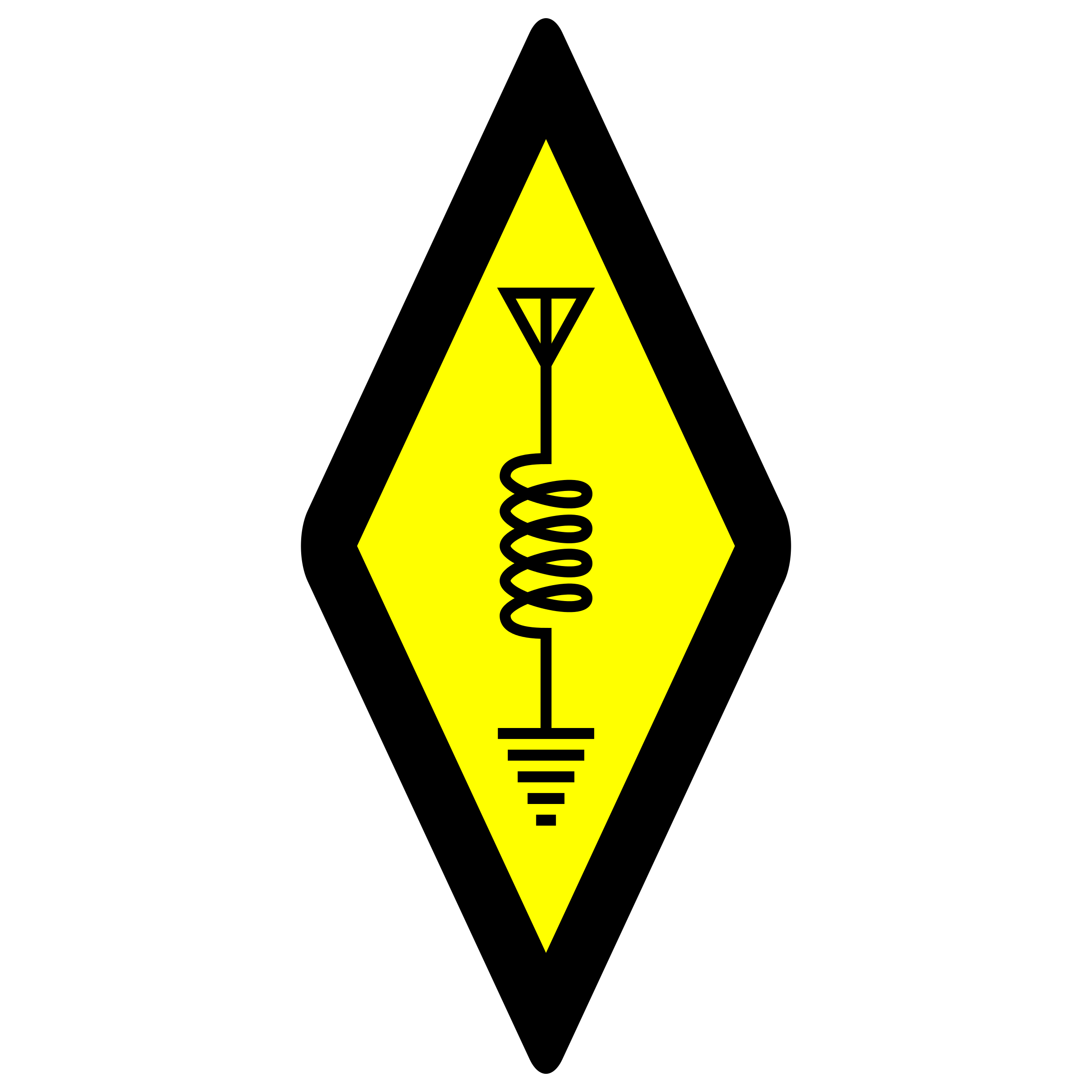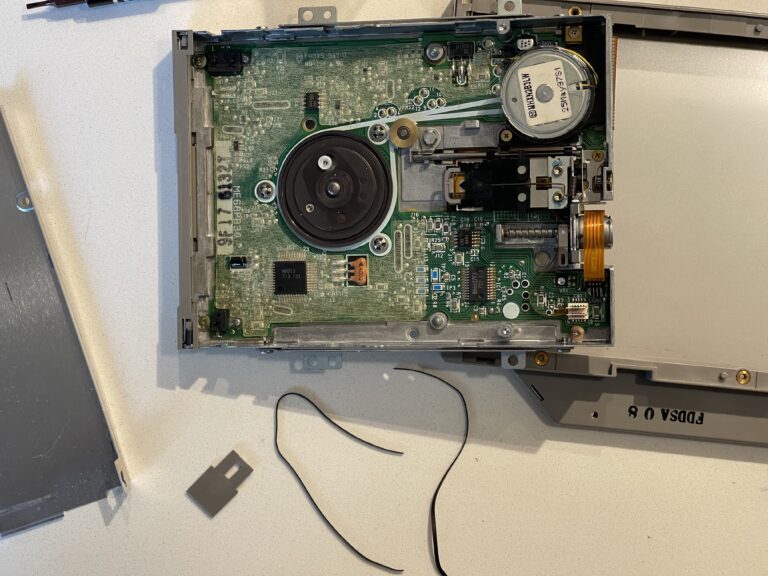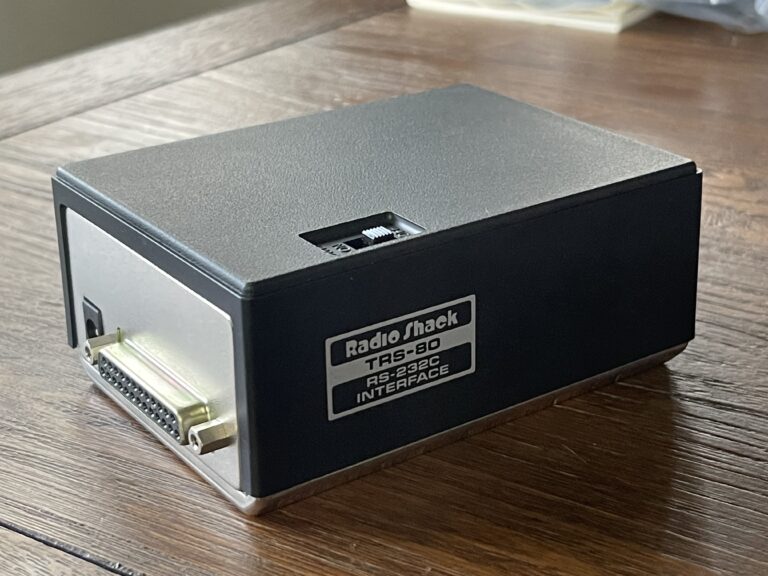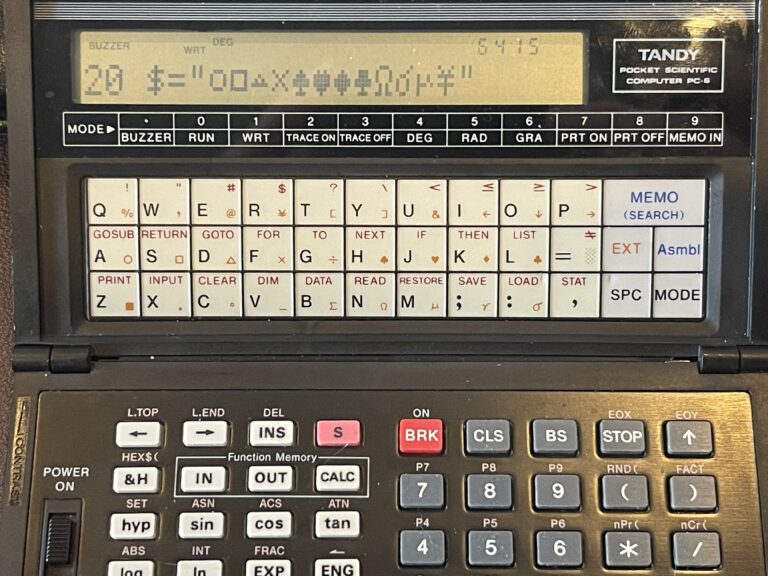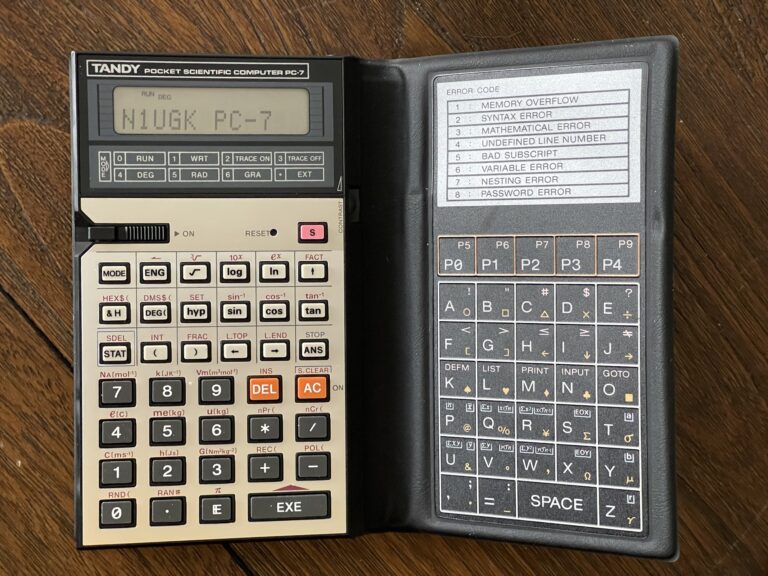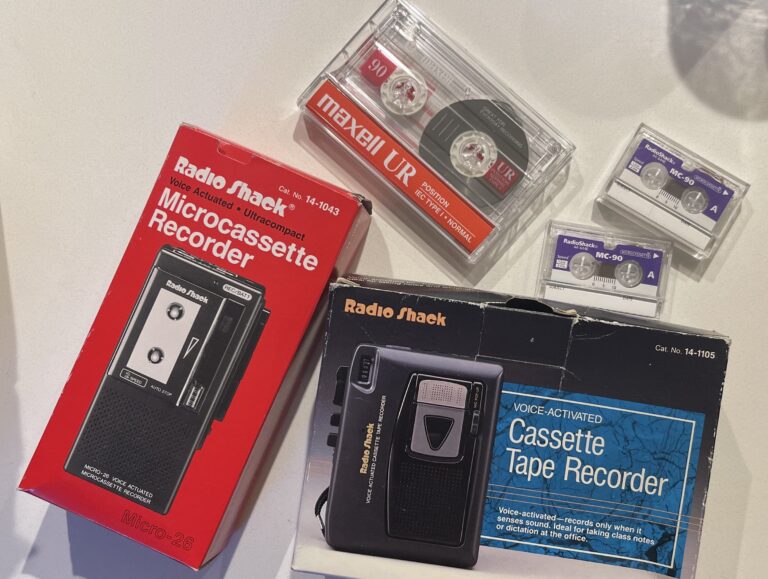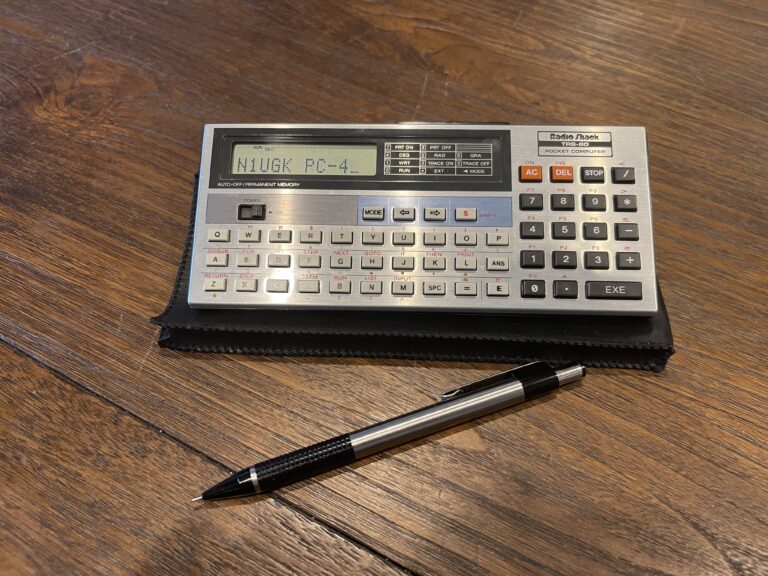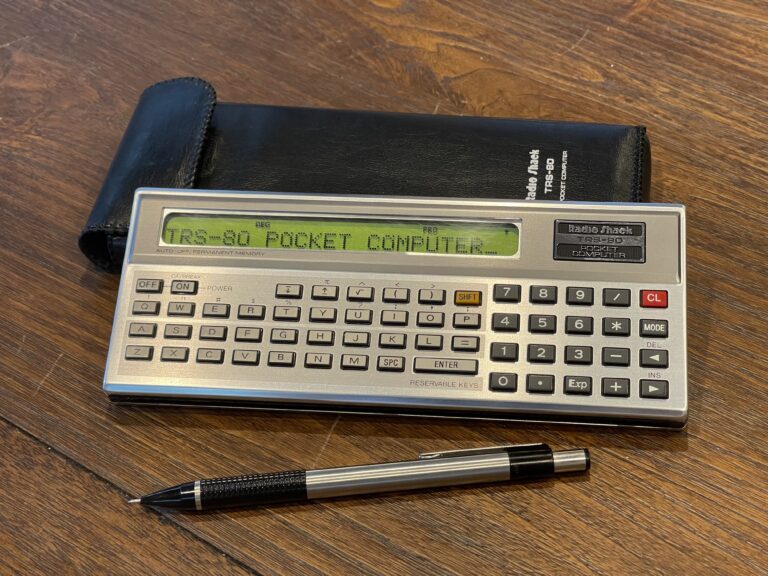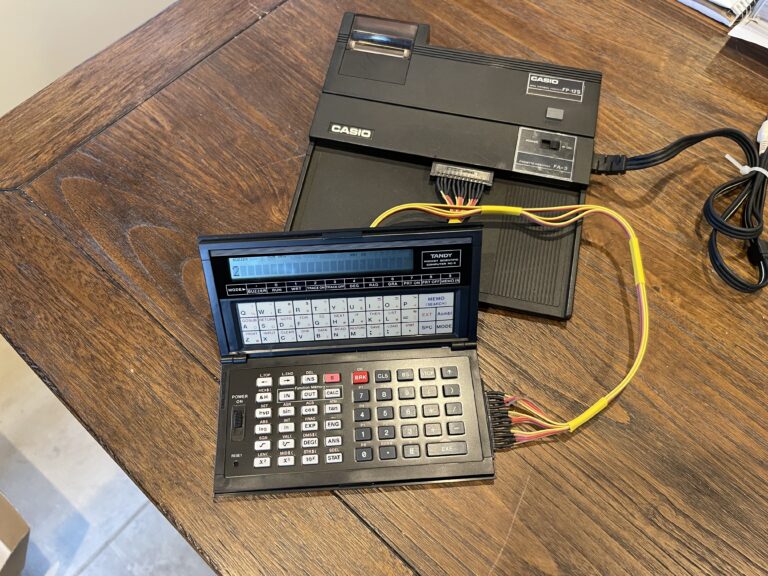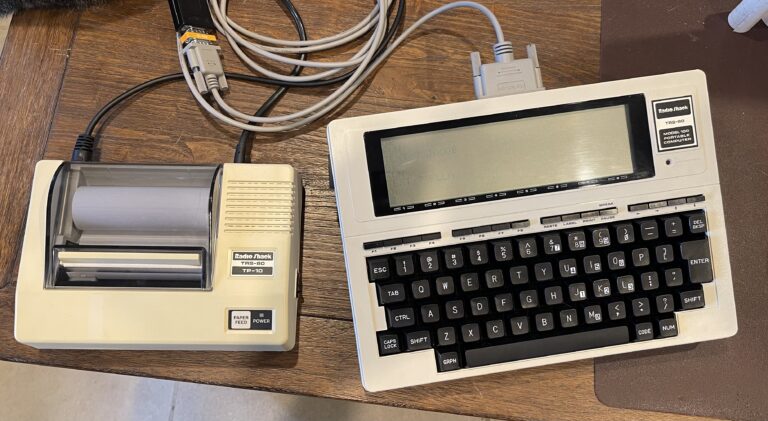I recently needed to read old 3.5″ floppy disks for a project and was able to quite easily repair an old 3.5″ floppy drive in an old laptop.
Category: Other
The RS-232 interface for the Radio Shack PC-2 along with the CE-158 for the Sharp PC-1500 are difficult to find these days. These added possibilities to connect to printers, modems, save load programs faster and more. Luckily the CE-158X has been released.
I was curious how difficult it would be to program a simple game for the PC-6. I picked a rather simple concept to start with, a “matching” game.
Although this is my least favourite of the Radio Shack line of pocket computers, it is the most nostalgic for me, as it is the only one I actually owned back when these were sold.
With a bit of organization, you can avoid the frustrations of loading saved programs (wav files) into pocket computers or other vintage computers.
I recently acquired the PC-4 printer and cassette modules and wrote a version of my banner program for this model pocket computer. With only 544 bytes available, it was the most challenging version to code.
Recently I’ve been curious about the TRS-80 Pocket Computer (the PC-1), the first pocket computer Radio Shack sold. I was able to find one on eBay and replace the LCD.
The PC-6 was the best (in my opinion) rebadged Casio pocket computer Radio Shack sold. I built a cable to connect the PC-6 to the FP-12S printer and updated my banner program using only 909 bytes of memory.
After successfully connecting a TP-10 to the Model 100, I did the same with the PC-2. I also updated the banner program for the PC-2. This gives the PC-2 the ability to print without needing those expensive plotter pens.
After getting the TP-10 printer working with the Model 100, I set out to improve the banner program I wrote for the PC-8.
